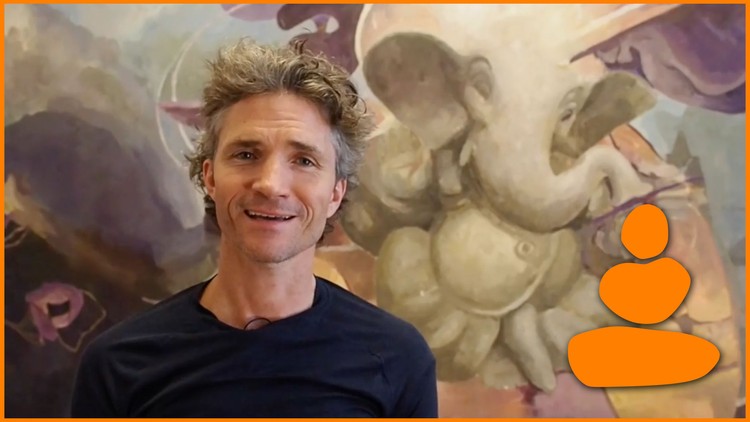
Books 1 and 2. Learn and Understand the Yoga Sutras of Patañjali. How Ashtanga Yoga can Improve Your Mind and Body.
What you will learn
Description
The Yoga Sūtras of Patañjali are 196 Indian sutras (aphorisms). The Yoga Sutras were compiled prior to 400 CE by Sage Patanjali, taking materials about yoga from older traditions. The Yoga Sūtras of Patañjali was the most translated ancient Indian text in the medieval era, having been translated into about forty Indian languages and two non-Indian languages: Old Javanese and Arabic. The text fell into obscurity for nearly 700 years from the 12th to 19th century, and began to regain popularity in late 19th century due to the efforts of Swami Vivekananda, the Theosophical Society and others. It gained prominence again as a comeback classic in the 20th century.
Before the 20th century, history indicates the Indian yoga scene was dominated by the Bhagavad Gita, Yoga Vasistha, texts attributed to Yajnavalkya and Hiranyagarbha, as well as literature on hatha yoga, tantric yoga and pashupata yoga rather than the Yoga Sūtras of Patañjali. In the 20th century the western practitioners of yoga elevated the Yoga Sutras to a status it never knew previously.
Scholars consider the Yoga Sūtras of Patañjali formulations to be one of the foundations of classical Yoga philosophy of Hinduism.
In this course, R. Alexander Medin shares his interpretation of the Yoga Sūtras of Patañjali. He translated the Sanskrit writings into Norwegian many years ago.
You will uncover the meanings of many Yoga principles including:
Yama
Niyama
Asana
Pranayama
Pratyahara
Abhyāsa
Kleishas
Vrttis
Ishvara
Niyamas
Antarayas and much more…
With this new knowledge you will embark on a new voyage of discovery, discipline and connection.
Additionally, you will learn about Norway’s number one Yoga Retreat center, how to make some delicious smoothies, and our thoughts on Love, connecting and Ashtanga Yoga.
Enroll today.
Content